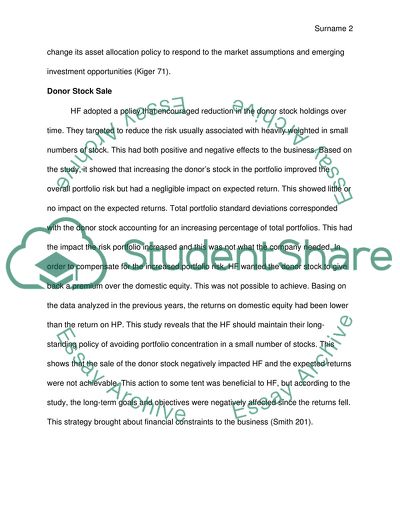Cite this document
(Investment Policy at the Hewlett Foundation Case Study, n.d.)
Investment Policy at the Hewlett Foundation Case Study. https://studentshare.org/finance-accounting/1818589-investment-policy-at-the-hewlett-foundation-case-study
Investment Policy at the Hewlett Foundation Case Study. https://studentshare.org/finance-accounting/1818589-investment-policy-at-the-hewlett-foundation-case-study
(Investment Policy at the Hewlett Foundation Case Study)
Investment Policy at the Hewlett Foundation Case Study. https://studentshare.org/finance-accounting/1818589-investment-policy-at-the-hewlett-foundation-case-study.
Investment Policy at the Hewlett Foundation Case Study. https://studentshare.org/finance-accounting/1818589-investment-policy-at-the-hewlett-foundation-case-study.
“Investment Policy at the Hewlett Foundation Case Study”. https://studentshare.org/finance-accounting/1818589-investment-policy-at-the-hewlett-foundation-case-study.


